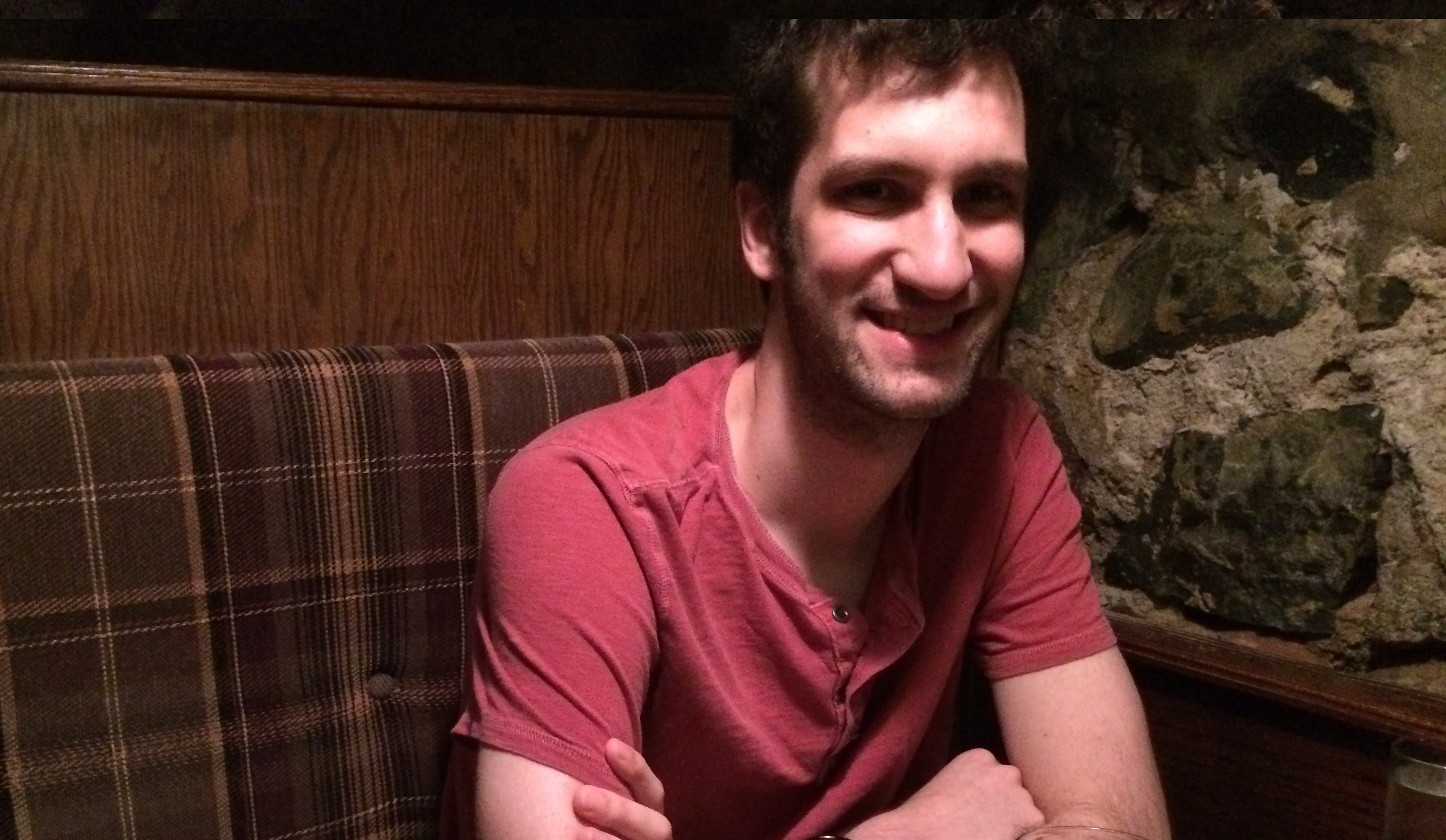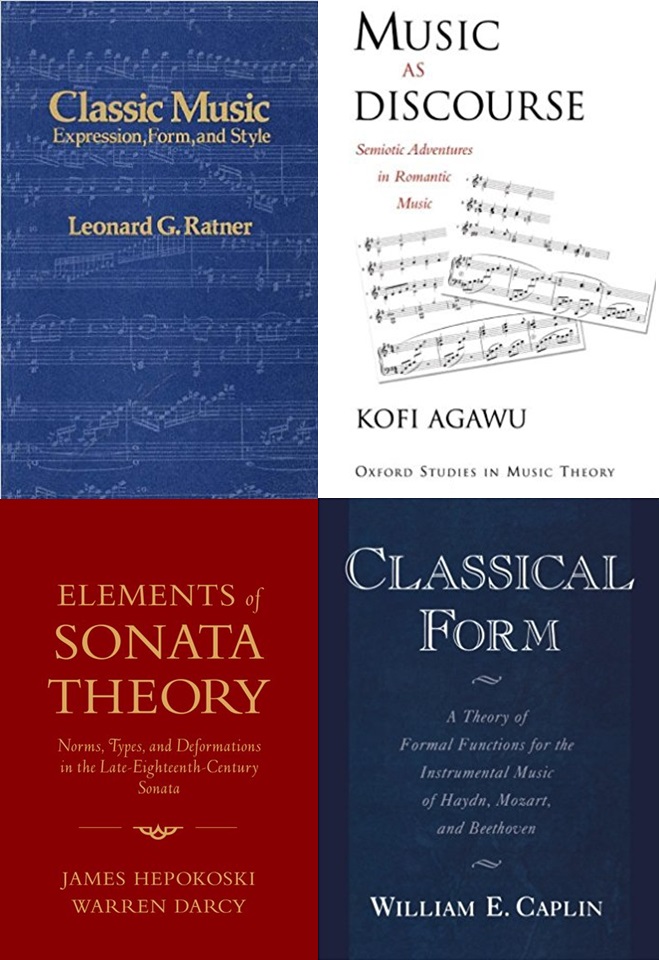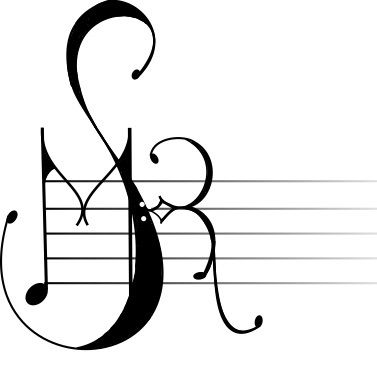
On Monday, May 15, Jim DiNardo successfully defended his dissertation, entitled “Analysis as Technologically-Mediated Musical Experience” (see abstract below). Jim will be teaching at the University of Notre Dame as an adjunct assistant professor of music starting Fall of 2017. Congratulations, Jim, on your successful defense! We will miss having you at SMTD, but look forward to following your future work.
Analysis as Technologically-Mediated Musical Experience
This dissertation takes as its starting point a heuristic orientation to analysis as a dynamic between three things: analyst, music, and the conceptual tools—what I call “technologies”—that one brings to the music. Its goal is to explore how the use of technologies affects or mediates one’s analytical experience—the actions, thoughts, decisions, and conclusions that obtain as one analyzes. The specific way in which our tools affect what we do, I argue, has not sufficiently been explored. Although scholars have begun to recognize the personal, non-objective nature of analysis, and have continued to interrogate the tools themselves, there has been no sustained attempt to consider the various effects of implementing these tools in analysis. How might adopting a particular technology encourage certain analytical actions over others, while altering the written product (the finished analysis) these actions leave behind? Such questions, I argue, are fruitfully explored by personally doing and reflecting upon analysis, rather than through studying existing analytical texts.

Following an introductory chapter, I undertake five case studies, as an initial step toward answering these questions. In each, I perform and reflect upon my own analyses of music by Haydn, Mozart, Brahms, Rachmaninov, and Bizet. Among the technologies implemented in this study are: paradigmatic analysis and applications of sonata and form-functional theory, as well as approaches informed by the work of Leonard Ratner and Donald Tovey. Each chapter unfolds in three stages: 1. A preliminary analysis of the selected music that does not draw upon the particular technology but rests upon more traditional tactics, 2. Familiarization with the technology to be applied 3. An analysis with and through the lens of the technology constructed in part 2. Comparing the first and third stages reveals how the technology affords new insights that had not initially been possible. Furthermore, we get a sense of which aspects of any given technology have the greatest potential to alter analytical outcomes/experience, as well as those whose effects are less pronounced or superficial. The approach consciously draws on subjective experience, positing that experiments in musical analysis must utilize insights gained through practice.
—Jim DiNardo
Recent Posts
SMR to Host Midwest Graduate Music Consortium 2025 Conference – January 13, 2025
SMR Welcome BBQ at County Farm Park – October 01, 2024
Julian Grey defends dissertation – June 05, 2024
Michaela Franzen defends dissertation – May 21, 2024
Kai West defends dissertation – May 16, 2024
Micah Mooney and Carlos Pérez Tabares present at Music Theory Midwest – May 12, 2024
SMR end-of-year round-up at County Farm Park – April 25, 2024
SMR hosts Research Showcase – September 29, 2023
 Society for Music Research
Society for Music Research